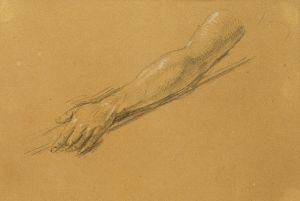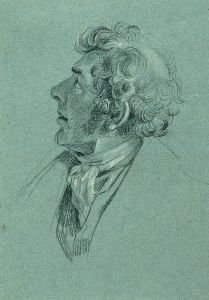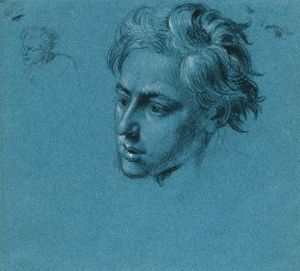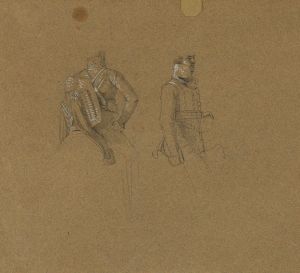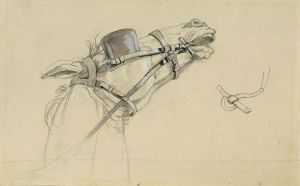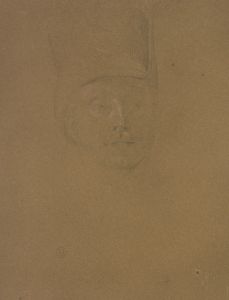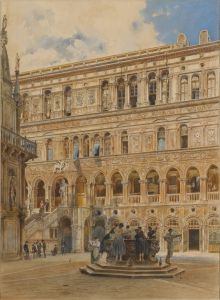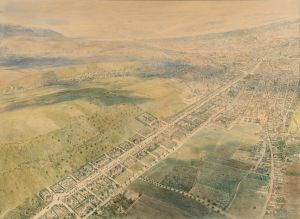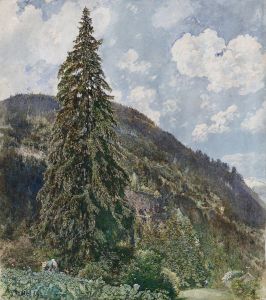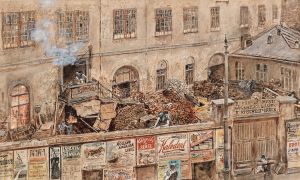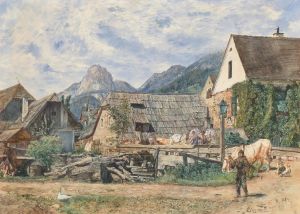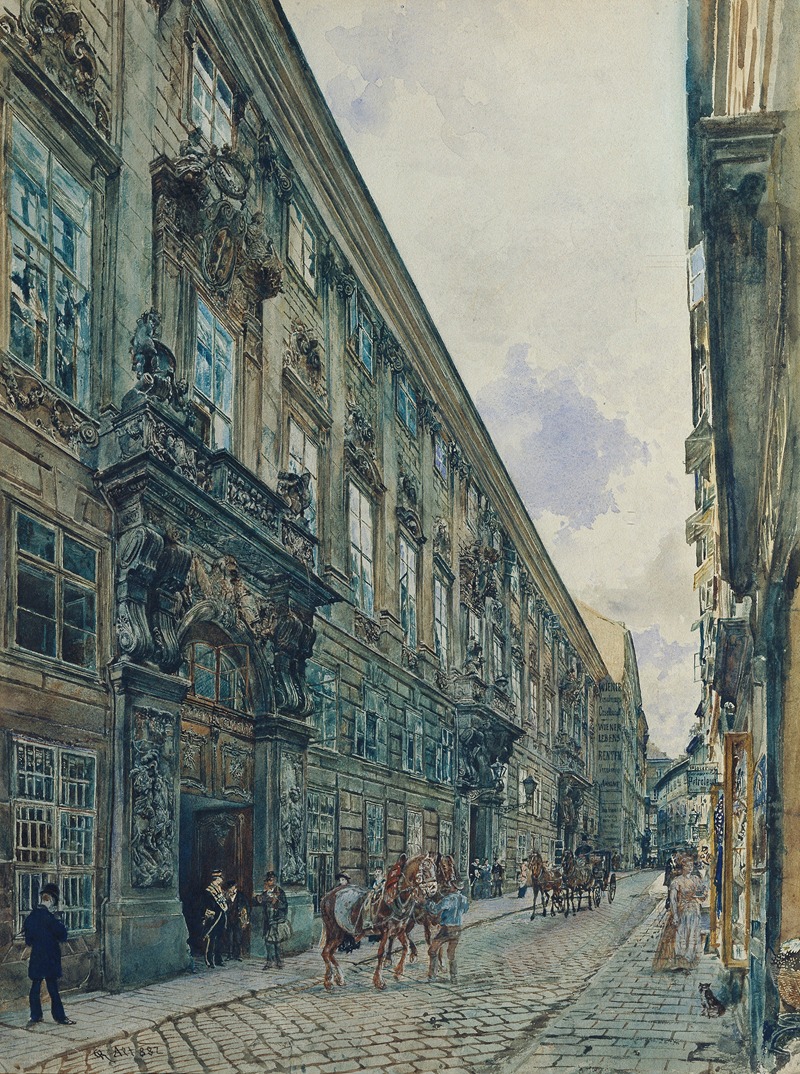
Das Winterpalais des Prinzen Eugen von Savoyen in der Himmelpfortgasse in Wien
A hand-painted replica of Rudolf von Alt’s masterpiece Das Winterpalais des Prinzen Eugen von Savoyen in der Himmelpfortgasse in Wien, meticulously crafted by professional artists to capture the true essence of the original. Each piece is created with museum-quality canvas and rare mineral pigments, carefully painted by experienced artists with delicate brushstrokes and rich, layered colors to perfectly recreate the texture of the original artwork. Unlike machine-printed reproductions, this hand-painted version brings the painting to life, infused with the artist’s emotions and skill in every stroke. Whether for personal collection or home decoration, it instantly elevates the artistic atmosphere of any space.
"Das Winterpalais des Prinzen Eugen von Savoyen in der Himmelpfortgasse in Wien" is a painting by the Austrian artist Rudolf von Alt. Rudolf von Alt (1812-1905) was a prominent landscape and architectural painter known for his detailed and realistic depictions of urban and rural scenes. His works are celebrated for their meticulous attention to detail and vibrant use of color, capturing the essence of 19th-century European architecture and landscapes.
The painting depicts the Winter Palace of Prince Eugene of Savoy, located on Himmelpfortgasse in Vienna, Austria. Prince Eugene of Savoy (1663-1736) was a notable military commander and statesman in the service of the Habsburg Monarchy. He is remembered for his significant contributions to the military successes of the Habsburgs, particularly against the Ottoman Empire and in the War of the Spanish Succession.
The Winter Palace, also known as the Stadtpalais, was one of Prince Eugene's residences in Vienna. It was constructed between 1695 and 1724, designed by the renowned architect Johann Bernhard Fischer von Erlach. The palace is an excellent example of Baroque architecture, characterized by its grandiose and elaborate style, which was prevalent in Europe during the 17th and early 18th centuries.
In Rudolf von Alt's painting, the Winter Palace is depicted with remarkable precision and clarity. The artist's skillful use of light and shadow brings out the intricate details of the building's façade, highlighting its architectural splendor. The painting captures the essence of the Baroque style, with its ornate decorations, grand columns, and elaborate window designs.
Rudolf von Alt's work is not just a representation of the building but also a historical document that provides insight into the architectural heritage of Vienna. His paintings serve as valuable records of the city's urban landscape during the 19th century, preserving the visual history of its significant landmarks.
The Winter Palace itself has a rich history. After Prince Eugene's death, the palace went through various ownerships and uses. It was eventually acquired by the state and has been used for different governmental purposes over the years. Today, it stands as a testament to the architectural and cultural legacy of Vienna, attracting visitors who are interested in its historical and artistic significance.
Rudolf von Alt's painting of the Winter Palace of Prince Eugene of Savoy is a fine example of his artistic prowess and his ability to capture the grandeur of Vienna's architectural heritage. Through his detailed and vibrant depiction, viewers are offered a glimpse into the opulence and historical importance of one of the city's most notable Baroque structures.





